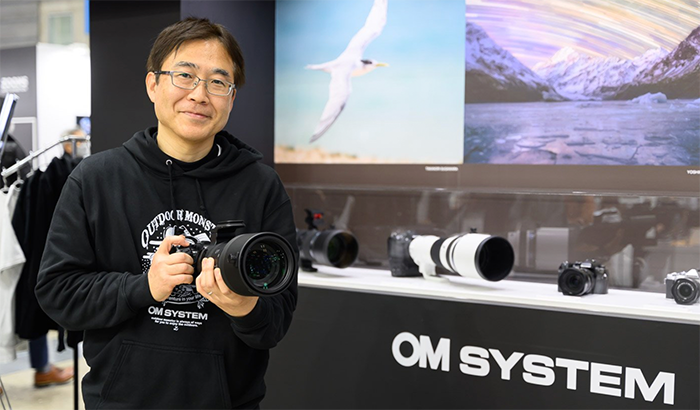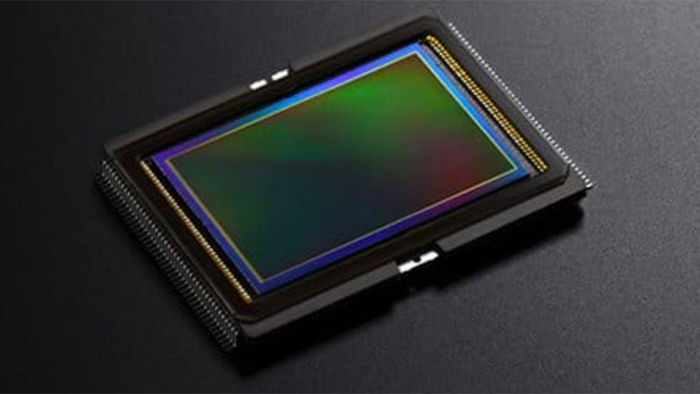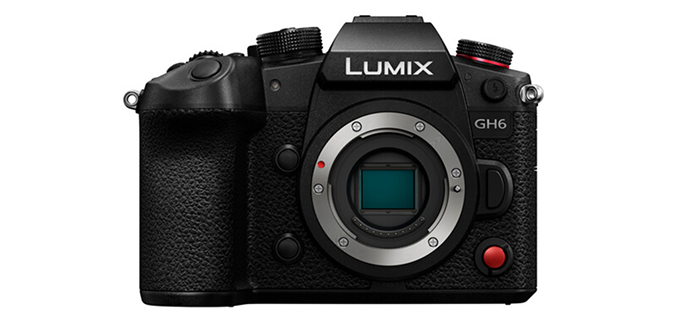TowerJazz-Panasonic announces new generation of sensors with up to 100 Megapixels

Today TowerJazz shared some insights about their sensor roadmap. As you may know Panasonic has a 49% stake in TowerJazz. So there is a good chance some of these sensor will find their way in future Panasonic cameras. Here are some key info:
1) TowerJazz announced a new 25 megapixel global shutter sensor with 2.5 micron pixel size.
2) TowerJazz also developed a new generation of sensors with up to 100 Megapixel
3) There is a new major partnership with a “leading DSLR camera supplier”. Not sure if that means Nikon, Leica or Panasonic itself. I know they use the “DSLR” term but they might just mean system camera.
So far current Panasonic cameras do use Sony and not TowerJazz sensors. But this might change…
Here is the full transcript via SeekingAlpha (found via Image Sensor World).
“We had announced the new 25 megapixel sensor using our state-of-the-art and record smallest 2.5 micron global shutter pixels with Gpixel, a leading industrial sensor provider in China.
The product is achieving very high traction in the market with samples having been delivered to major and to customers. Another leading provider in this market, who has worked with us for many years will soon release a new global shutter sensor based on the same platform. Both of the above mentioned sensors are the first for families of sensors with different pixel count resolutions for each of those customers next generation industrial sensor offering ranging from 1 megapixel to above 100-megapixel.
We expect this global shutter with this outstanding performance based on our 65-nanometer 300- millimeter wafers to drive high volumes in 2019 and the years following. We see this as a key revenue driver from our industrial sensor customers. In parallel, e2v is ramping to production with its very successful Emerald sensor family on our 110-nanometer global shutter platform using state-of-the-art 2.8 micron pixel with best in class shutter efficiency and noise level performance. We recently released our 200-millimeter backside illumination for selected customers.
We are working with them on new products based on this technology, as well as on upgrading existing products from our front side illumination version to a BSI version, increase in the quantum efficiency of the pixels by using BSI, especially for the near IR regime within the industrial and surveillance markets, enabling our customers improve performance of their existing products. As a bridge to the next generation family of sensors in our advanced 300-millimeter platform.
The medical X-ray market, we are continually gaining momentum and are working with several market leaders on large panel dental and medical CMOS detectors based on our one dye per wafer sensor technology using our well established and high margin stitching with best in class high dynamic range pixels providing customers with extreme value creation and high yield both in 200-millimeter and 300-millimeter wafer technology.
We presently have a strong business with market leadership in this segment and expect substantial growth in 2019 on 200-millimeter with 300 millimeter initial qualifications that will drive an incremental growth over the next multiple years.
For mid to long-term accretive market growth, we are progressing well with a leading DSLR camera supplier and have as well begun a second project with this customer, using state-of-the-art stacked wafer technology on 300-millimeter wafers. For this DSLR supplier, the first front side illmination project is progressing according to plan, expecting to ramp the volume production in 2020, while the second stacked wafer based project with industry leading alignment accuracy and associated performance benefits is expected to ramp to volume production a year after.
In addition, we are progressing on two very exciting programs in the augmented and virtual reality markets, one for 3D time of flight-based sensors and one for silicon-based screens for a virtual reality, head-mount displays.“




